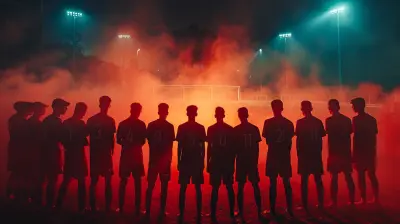The Evolution of Goalie Techniques: From Stand-Up to Butterfly
11 June 2025
So, you want to talk about one of the most underrated and misunderstood positions in the world of sports? Grab your mask and sharpen your skates—we're diving into the wild and wacky world of hockey goalie techniques. And no, this isn’t about a new yoga pose called “The Butterfly.” We’re talking real-deal, puck-stopping wizardry that’s evolved over the years faster than your favorite video game franchise.
Let’s face it, being a goalie is like being the last person at musical chairs—everyone's watching, and if you mess up? Yeah, it's blindingly obvious. But those brave souls who strap on the pads have gone through quite the transformation over the decades, and their techniques? Man, they've come a LONG way.
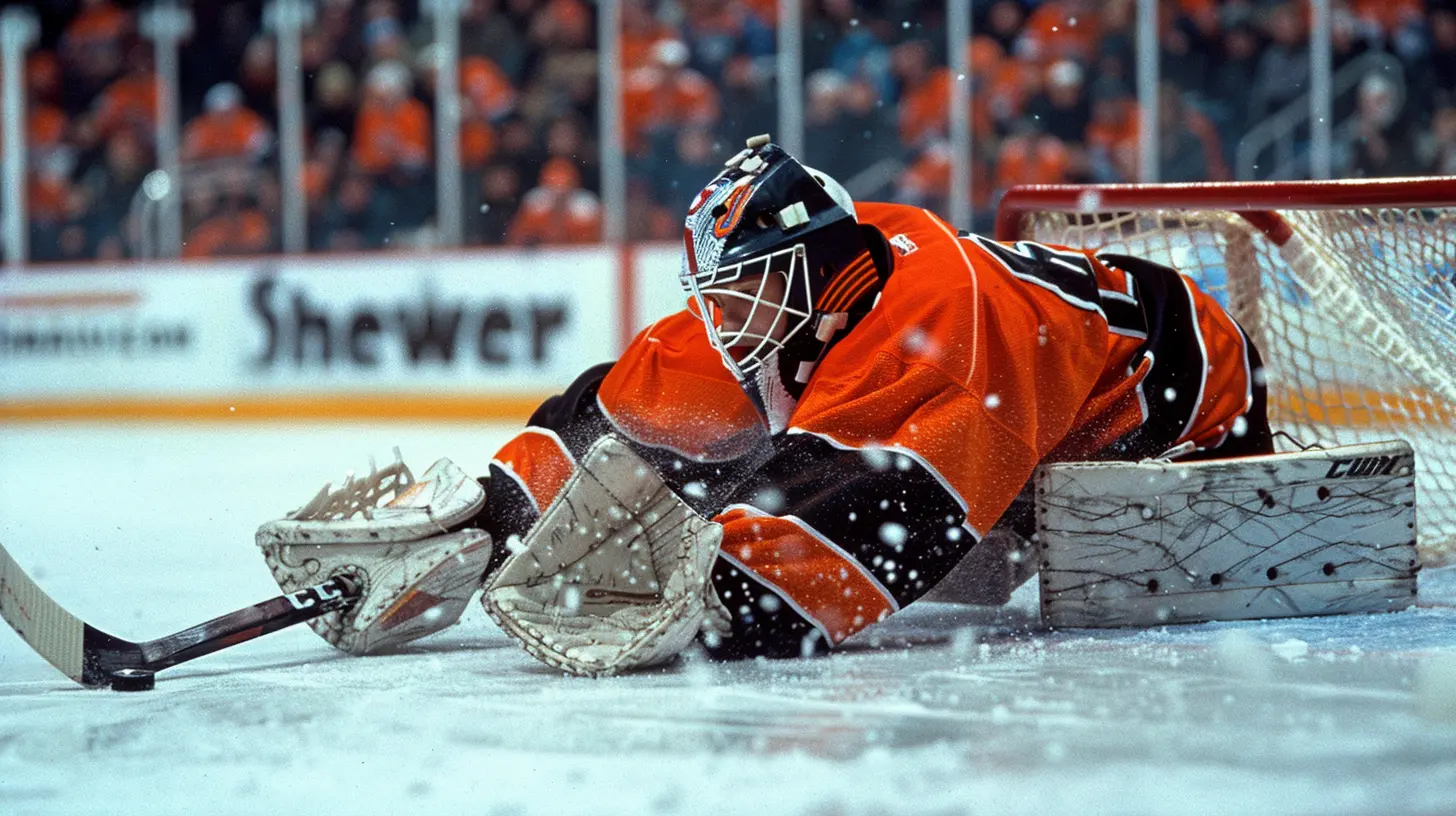
The Early Days: The Stand-Up Method (AKA “Please Don’t Hit My Face”)
Let’s rewind to the good ol' days—before composite sticks and jumbotrons. We're talking pre-1960s, when goalies had, let’s be honest, more guts than gear.Back then, the go-to style was the Stand-Up technique, and oh boy, it was exactly what it sounds like. Keep your feet planted, make the save with your stick, gloves, or maybe your sternum if you're feeling brave. Dropping to the ice? Pfft. That was considered sacrilege. Or worse—lazy!
Pros and (Some Massive) Cons of Stand-Up Goaltending
Sure, the stand-up style had its perks. You had a great field of vision, and let’s not ignore the fact that ice was cold, so not falling down was honestly a win. Plus, pads back then looked like someone stitched together old camping mattresses. Not exactly ergonomic.But the downside? The second a shooter went low, you were toast. Like, extra crispy. A five-hole goal (that’s the space between the goalie’s legs, for you newbies) was practically a guarantee if they had a decent wrist shot. Butterfly who? These guys were relying on reflexes and hope.
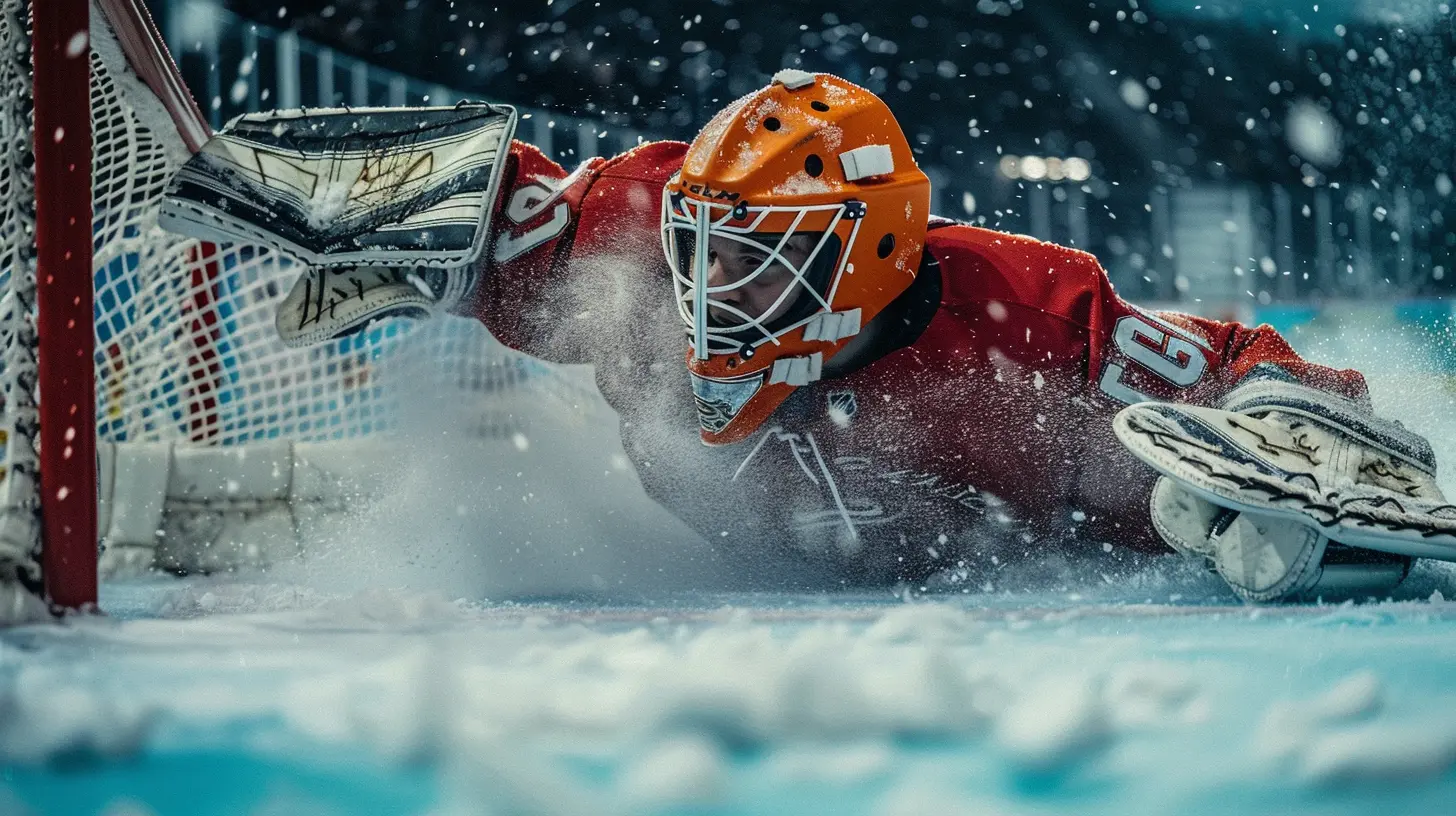
Enter the Masked Era: Jacques Plante’s Genius and the Shift in Philosophy
Quick shoutout to Jacques Plante, the goalie who decided he’d rather keep his face intact. In 1959, he became the first NHL netminder to regularly wear a mask. Revolutionary? Absolutely. Logical? Completely. Why it took that long? No clue.Wearing masks meant goalies could finally think about different ways to stop pucks instead of just avoiding dental disasters. It opened the door for creativity—and eventually, the most important goaltending revolution ever: the birth of the Butterfly Technique.
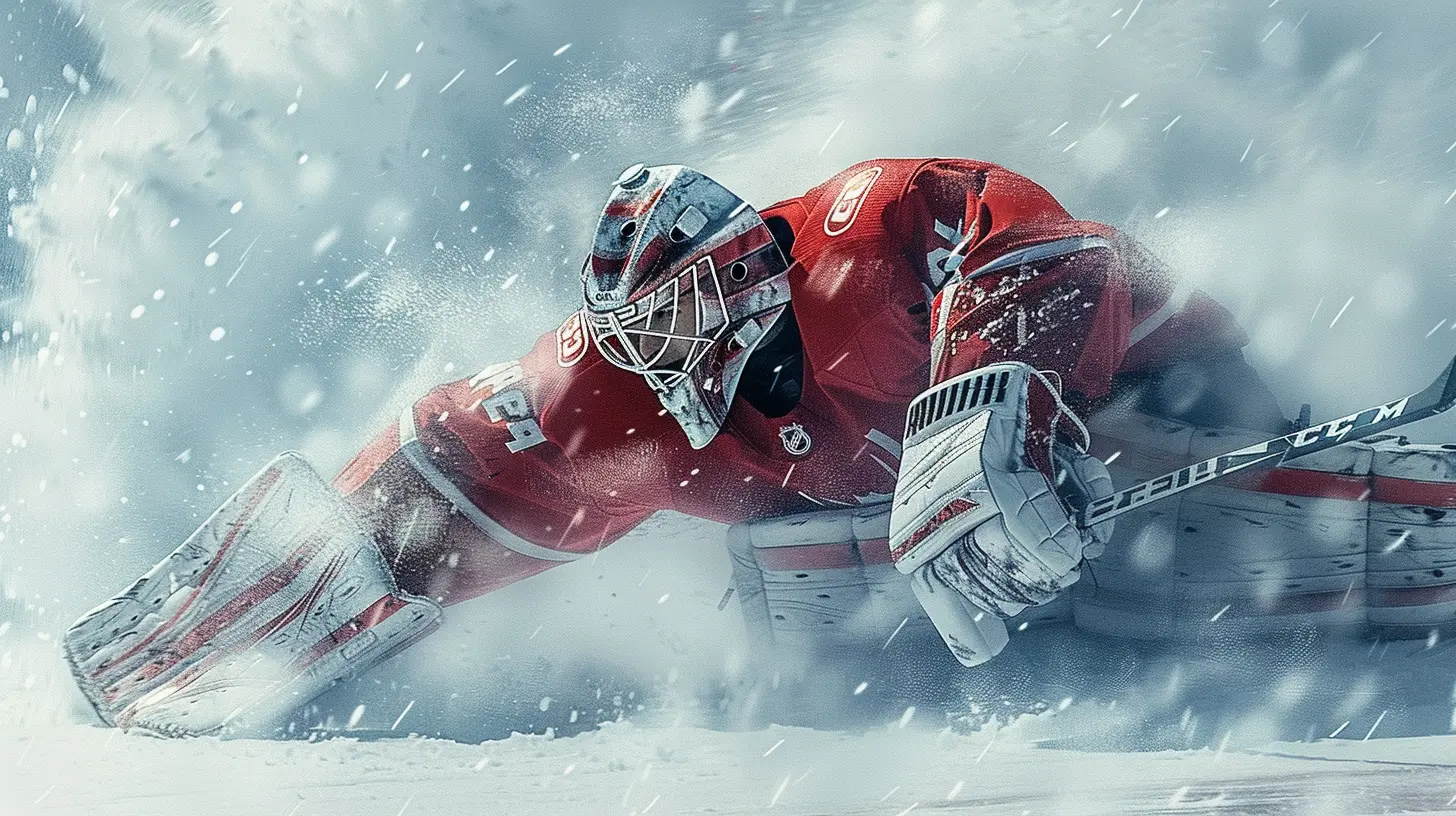
The Butterfly Effect (Literally)
Cue the dramatic music. In the 1970s and 80s, a few bold tendies started dropping to their knees to make saves. Think about that for a second—after decades of being told to stay on their feet, they started flopping down on purpose. Madness!What is the Butterfly Technique?
Picture this: a goalie drops down to the ice with their knees together, pads flared out like wings (hence “butterfly”), stick down on the ice, covering the bottom third of the net like a boss. It’s not elegant—it’s not supposed to be. It’s functional. Low shots? Say goodbye. Five-hole? Sealed tighter than your grandma’s pickle jar.This technique was popularized by goalies like Patrick Roy, who took the style and turned it into an artform. He didn’t just use the butterfly—he dominated with it.
And let’s be real, if Patrick Roy does it, everyone else wants in.
Why the Butterfly Works (And Why It's Hard as Heck)
The Butterfly works because the majority of shots in hockey are low. Players aim for corners, yeah, but rebounds? Deflections? Junk in the crease? That’s usually knee-high or lower. So if you've got the lower third of the net locked down, you’re already winning half the battle.But here's the thing: dropping to your knees, popping back up, then doing it all over again? That’s not exactly easy on the ol’ joints. The Butterfly puts a lot of stress on the hips, knees, and lower back. You gotta be flexible like a yoga instructor and tough like a UFC fighter.
It’s basically a full-body workout every time someone takes a shot.
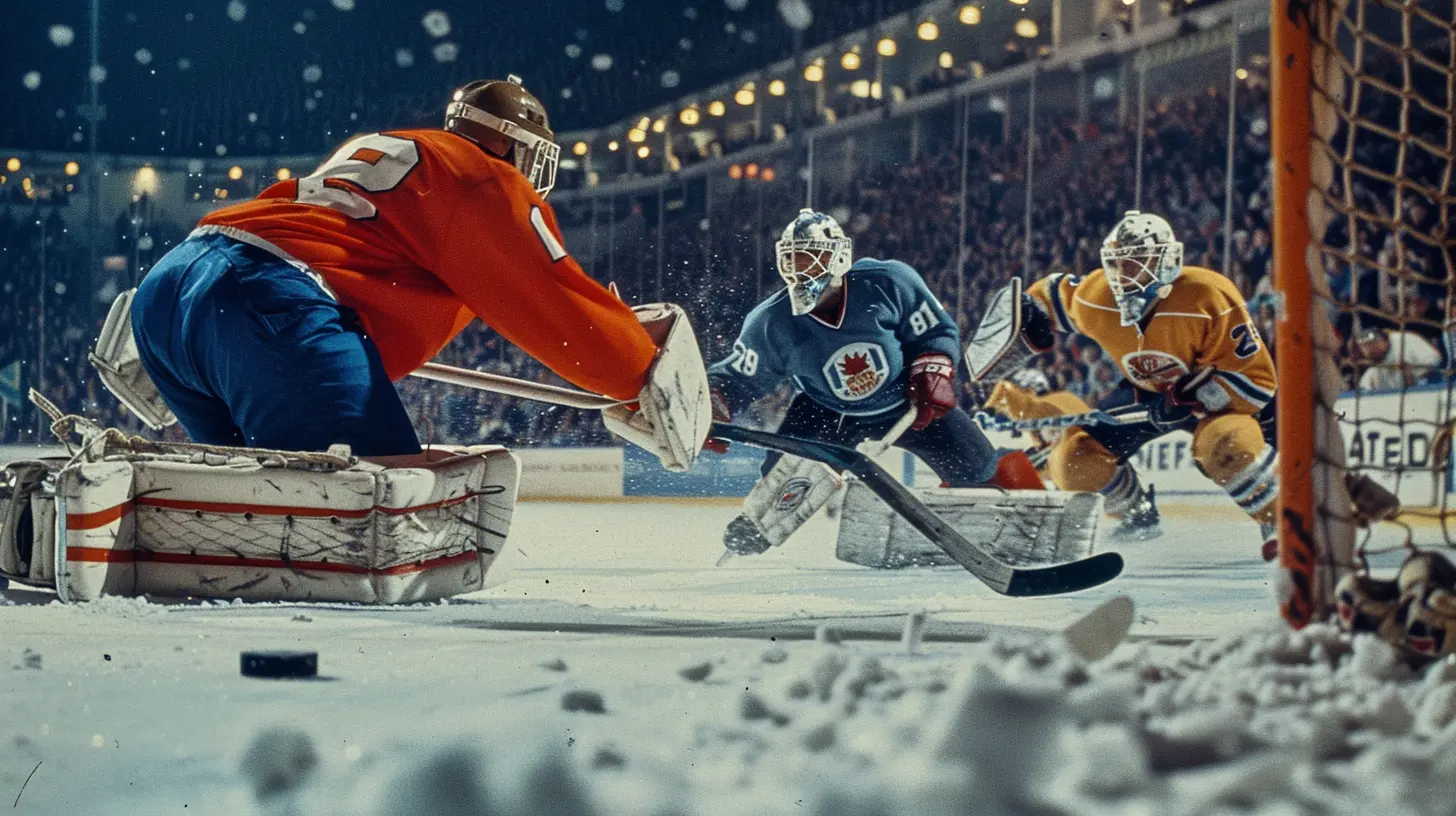
Hybrid Style: Because Why Not Have the Best of Both Worlds?
Fast forward to the 1990s and early 2000s, and we started seeing something new—Hybrid Goaltending. That's right, some goalies were like, “You know what? I’ll Butterfly when I need to, but I’m not married to it.”Goalies like Martin Brodeur became masters of the hybrid style. He mixed old-school stand-up principles with modern Butterfly tactics, like some kind of goalie wizard. He’d challenge shooters, make desperation saves, and still drop into a Butterfly when necessary.
Hybrid style added an element of unpredictability. Like a cat that might nap… or suddenly launch itself at your face.
Modern Goaltending: Science, Training, and a Whole Lot of Video Review
Fast-forward again to today’s NHL, and goalie techniques are basically a science. Goalies now have access to:- Biomechanics specialists
- Video coaches
- Psychologists (because, y'know… goalie life)
- Fancy gear engineered by NASA (okay, maybe not, but it’s close)
Goaltenders today are trained from a young age in Butterfly techniques, often starting with "Butterfly basics" before they’ve even hit puberty. They learn how to:
- Control rebounds
- Track pucks through traffic
- Slide laterally in the crease like they’re on butter
- Deploy the Reverse VH (a technique that honestly deserves its own article)
It's like goalies evolved from punk-rock garage band vibes to a well-rehearsed symphony orchestra. The chaos is still there—but it's composed chaos.
The Gear Game: How Tech Changed the Position
Back in the 1950s, goalie pads were made of deer hair and dreams. Today? They're crafted with high-density foams, lightweight composites, and moisture-wicking fabrics that probably breathe better than your gym shirt.Modern gear supports the Butterfly style by being:
- Way lighter
- More mobile
- Designed to seal the ice better
Everything screams, “Drop to your knees and make the save, king!”
The Mental Game: Spoiler Alert—It's Brutal
Let's take a second to talk about what’s going on between the ears of a goalie. Because whether you’re standing up or butterflying down, the mental aspect of the position is no joke.Goalies are the emotional thermostat for the whole team. If the goalie’s dialed in? The team’s feeling invincible. But if they let in a couple stinkers, the mood shifts faster than a toddler without snacks.
Modern coaching emphasizes mental strength just as much as technique. Visualization, breathing exercises, in-game resets—these are all standard now. In the past? You maybe just had a cigarette between periods (true story).
But Wait, There’s More: Techniques Still Evolving
You’d think the Butterfly would be the final chapter in this story, but nope. There's still evolution happening in real-time.Today’s goalies use:
- RVH (Reverse Vertical-Horizontal): For playing sharp angles without losing the post.
- Post Integration Techniques: To seal every gap like goalie caulk.
- Butterfly Slide Recovery: A fancy way of saying, “I’m back up and ready before you blink.”
And the rise of analytics? Yeah, goalie coaches look at heat maps, shot probabilities, and even predictive models now. We're officially in the Goalie Nerd Era—and it's glorious.
So...Which Style Is “Best”?
Trick question! There’s no “best” style. The truth is, it depends on the goalie’s body, instincts, and what kind of chaos they thrive in.Some goalies still rely on their reflexes (stand-up/athletic style), others are technical savants (Butterfly masters), and many blend it all together.
And as long as there are pucks flying at 90+ mph toward human heads, you can bet goalies will keep evolving. Because if there’s one thing you can count on in hockey, it’s the goalie doing crazy stuff to keep the puck out of the net.
Final Thoughts: Respect the Netminders
Whether you're watching from the glass or yelling from your couch, remember this—the goalie is out there doing battle with frozen rubber while wearing 40 pounds of gear, balancing on blades, and often getting zero credit unless they stand on their head.From the stand-up warriors of yesteryear to the Butterfly technicians of today, goalie techniques may change, but one thing stays the same:
It takes a special kind of human to willingly strap on pads and face a slapshot to the chest.
So next time you're at a game? Maybe buy the goalie a Gatorade after the buzzer. They've earned it.
all images in this post were generated using AI tools
Category:
HockeyAuthor:

Umberto Flores
Discussion
rate this article
3 comments
Theo Jordan
Great insights on goalie techniques! It's fascinating to see how the game continues to evolve. Keep it up!
June 13, 2025 at 12:49 PM

Umberto Flores
Thank you! I appreciate your feedback and am glad you found it interesting. The evolution of techniques is indeed captivating!
Wilder Jordan
Great insights! It’s fascinating to see how goalie techniques have evolved over time, reflecting the game’s innovation and challenges. Thanks for sharing!
June 13, 2025 at 4:38 AM

Umberto Flores
Thank you! I'm glad you enjoyed the insights on the evolution of goalie techniques. It's truly an exciting journey!
Winona McGrath
This article offers a fascinating look at how goalie techniques have transformed, highlighting key strategies that shaped modern hockey.
June 11, 2025 at 10:19 AM

Umberto Flores
Thank you! I’m glad you found the article insightful. The evolution of goalie techniques truly reflects the dynamic nature of hockey.



